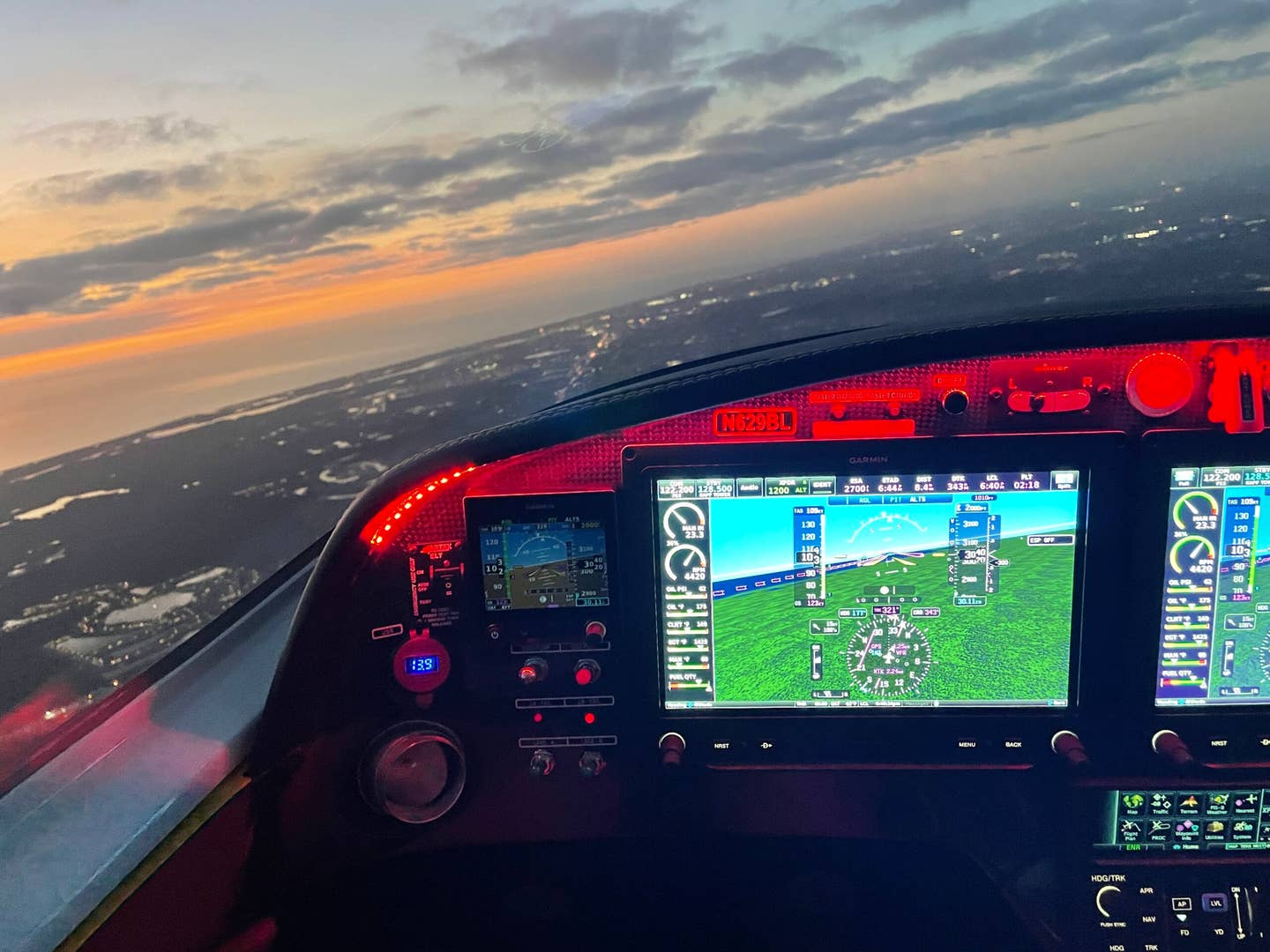What This MOSAIC Preview Means
The FAA has released a preview to the ASTM committee, F37, on LSA, publicly available in the Federal Register ahead of the planned NPRM publication of the MOSAIC.

A new world lies just on the horizon after reading through the preview of the NPRM on MOSAIC. [Credit: Julie Boatman]
The news landed with a collective “Really? They’re early?”
The deadline for the release of the FAA document—the notice of proposed rulemaking—that sets in motion the much-needed update to aircraft certification processes and guidance was set last year around this time for August 2023. As recently as a few weeks ago, colleagues in the industry agreed that it wasn’t likely that we’d see the NPRM for the Modernization of Special Airworthiness Certification (MOSAIC) before Oshkosh. The hangars and flightline at EAA AirVenture would be filled with folks speculating on whether the FAA would make its target or let another one pass.
Who could blame them, in a way? It’s a big task to overhaul the regulatory basis by which we define light sport aircraft and others in the limited category.
But word got out on Wednesday that the FAA had released a preview to the ASTM committee, F37, on LSA, publicly available in the Federal Register ahead of the planned NPRM publication.
All 318 pages of it.
I’ve never been so excited to curl up with an FAA document in my life. When I cracked it open, I went straight to the point where the meat of the proposal began. And, yes, within this document, indeed, the FAA proposes to amend rules “for the manufacture, certification, operation, maintenance, and alteration of light sport category aircraft.”
We’ll get into more of the nuances as we dissect the NPRM as a team, but I needed to get a sense of what gems lay within.
The first thing I had to know? The weight limit.
The Weight Limit?
As in, what are they doing with the artificial—and seemingly arbitrary, though it was ostensibly based on the European Union Aviation Safety Agency (EASA) ultralight category of 600 kilograms—weight limit of 1,320 pounds for light sport airplanes?
In a fit of common sense—that would be just one of many I’d find last night as I read into the late hours—the proposal gets rid of that intensely limiting parameter:
“Consistent with the FAA’s analysis of the safe operations accomplished under those exemptions, this proposal would eliminate the weight limits for light-sport category aircraft…[and] eliminating weight limits for light-sport category aircraft would provide manufacturers opportunities to:
• Incorporate additional safety-enhancing designs and equipment,
• Design airframes that are more rugged for the flight-training environment,
• Increase fuel load and aircraft range,
• Allow for greater cabin size to enable greater occupant heights and
weights,
• Improve aircraft handling in gusts, turbulence, and crosswinds, and
• Increase the suitability of light-sport category aircraft for other intended
operating purposes, including recreation, personal travel, and certain aerial
work."
Instead, aircraft will be limited by VS1 (more on this in a moment), which will produce, according to the NPRM, an upper limit of around 3,000 pounds max gross weight. Whew. That’s a huge change. When Cessna was developing the Skycatcher 162 for the LSA and training market, so many decisions were made that were real compromises because of that 1,320-pound rule. My kingdom to have had that limit taken away…
One other immediate benefit to the change? This will allow for a four-seat aircraft to qualify, according to further verbiage in the doc. A pilot exercising sport privileges will only be able to take one passenger along, just like today, but those operating with higher certificate levels can utilize the aircraft to the max.
Stall Speed Updated?
Next up for revision, the maximum stall speed. To me, stall speed was always the best way to define the category because of all of the natural parameters a given stall speed would impose on the design. Put simply, an airplane that stalls at a lower indicated airspeed also lands at a slower speed and thus is easier for most pilots to manage.
The NPRM recognizes this in clear argument, and puts forth 54 kcas as the target upper limit for airplanes, expanding this by a modest 9 knots from the previous 45 kcas set in the current LSA definition.
What the increase does, however, is recognize the large body of heavier airplanes that otherwise fit the mission and prove easily managed by student pilots during flight training, such as the Piper PA-28 series.
What About Max Speed?
Stall speed naturally limits maximum speed in level flight (defined as VH in the LSA guidance), so the NPRM proposes to remove the max VH of 120 kcas under standard conditions and instead leave a natural upper parameter of around 250 kcas. Another “wow” moment. You mean we can go twice as fast? This alone will unlock a ton of potential from currently limited SLSA in the U.S. that are certificated under EASA CS 23 with faster cruise speeds.
And the list goes on. Restrictions on controllable-pitch props, retractable landing gear, and power sources for engines would be removed under the NPRM’s language. Expansion into IFR ops becomes a path for manufacturers to pursue. Sport pilot privileges for helicopters becomes reality. So. Many. Things.
What’s Next?
Publication of the document should occur on Monday, just in time for everyone at Oshkosh to get together and talk about it. I recommend you set aside time to study the preview (and the NPRM when published)—or you can follow along as our team dives into the specifics.
James Newberger, Aircraft Certification Service (AIR-632) in Washington, D.C., holds point on comments. Prepare yours thoughtfully.
I’m already working on mine.

Subscribe to Our Newsletter
Get the latest FLYING stories delivered directly to your inbox






